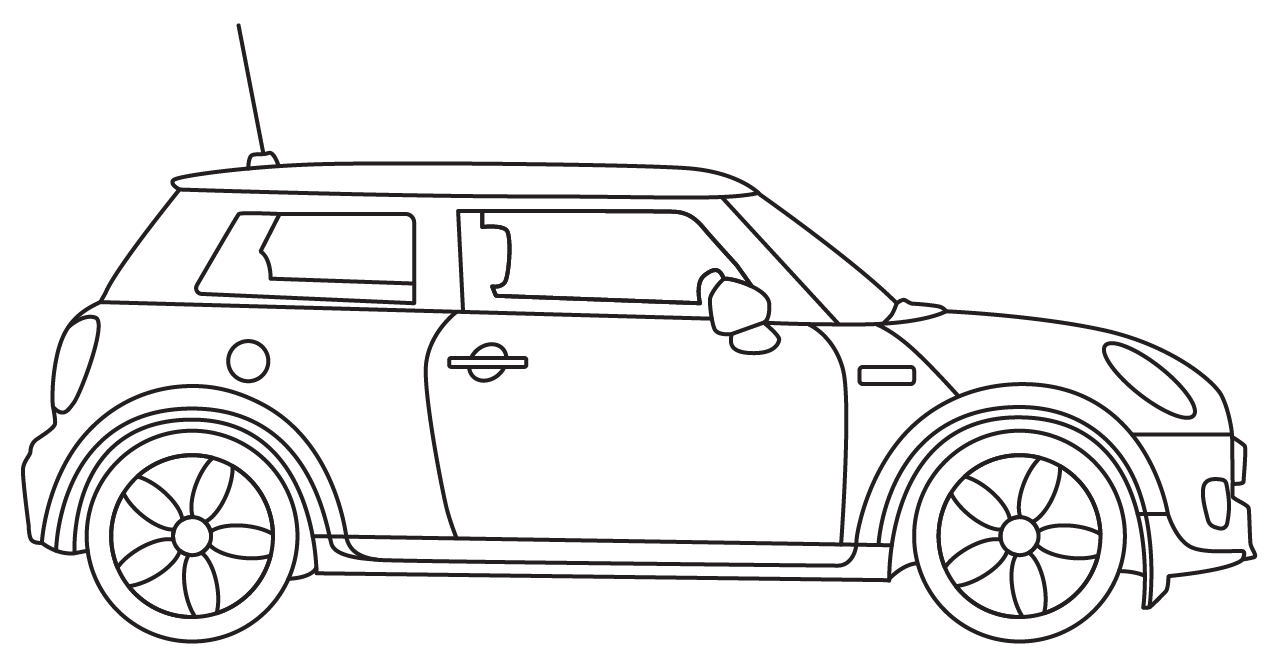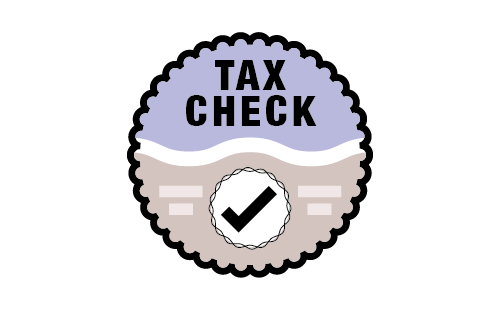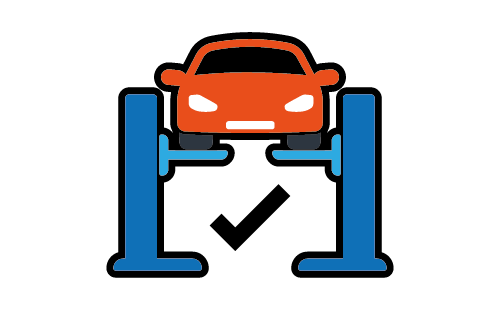Car insurance group checker
To find your insurance group, enter your reg number into our FREE car insurance group checker now:


What are car insurance groups?
Your car’s insurance group (numbered 1-50) is a key indicator of how much you’ll pay for your car insurance.
All cars are scored against a set of criteria and placed into different car insurance groups.
These groups are determined by a ‘group rating panel’ comprising members of the Association of British Insurers (ABI) and the Lloyds Market Association (LMI), which is supported by Thatcham Research – an insurer-funded automotive research centre.
The higher your car’s insurance group, the higher your insurance premium is likely to be.
Cars that are placed in the higher insurance groups are often range-topping models with higher specifications - and are therefore likely to be expensive to repair or replace. They are also the cars that are more likely to be targeted for theft.
If you chose a car that falls into one of the lower insurance groups, you are likely to pay a lower insurance premium. This is something to bear in mind when purchasing a new car.
| Insurance group | Examples of vehicle make and model |
|---|---|
| 0-5 | Toyota Aygo, Citroen C1, Skoda Fabia Classic, VauxhallCorsa, Volkswagen Polo, Hyundai i10, SEAT Ibiza, Nissan Micra, Smart Forfour |
| 6-10 | Fiat 500, Ford Fiesta, Mazda 2, Citroen C3, Kia Rio,Peugeot 207, Nissan Juke, Mercedes A Class |
| 11-15 | Ford Focus, Audi A2, Honda Civic, Kia Cee-d, Fiat Panda,Skoda Octavia |
| 16-20 | Alfa Romeo Giuliettta, Audi A1, BMW 116, Citroen C4, FordC-Max |
| 21-25 | Audi A3, BMW 118, Citroen C5, Ford Mondeo, Honda Accord,Renault Megane |
| 26-30 | Audi A5, MCW X1, Ford Escort, Land Rover Defender,Mercedes-Benz C Class, Volkswagen Golf |
| 31-35 | Audi A6, Mazda MX-5, Mercedes-Bens CLK, Skoda Octavia,Volvo C70 |
| 36-40 | Mitsubishi Shogun, Peugeot 308, Volvo S60, Volvo XC90,Mini Countryman SUV |
| 41-45 | Land Rover Discovery, Porsche Cayman, Subaru ImprezaSaloon, Ford Mustang, Range Rover Sport |
| 46-50 | Bentley Bentayga, Audi R8, Mercedes-AMG GT, Porsche 911Coupe, Range Rover Velar SUV |
How are the insurance groups determined?
Our car valuation tool is fast, intuitive and completely free to use. Simply enter the vehicle’s registration and mileage and our tool will tell you its current value (based on real-time market data).
The car insurance group rating system is used to determine the degree of financial risk insuring a car will present for an insurance provider. The higher the level of risk, the higher numbered group a car will be placed into. Conversely, lower risk vehicles will be placed into lower groups.
The ABI takes the following factors into consideration when selecting insurance groups for cars:
-
Repair costs
This will be determined by the cost of restoring the car to pre-accident condition following a 15km/h impact. The ABI will investigate the cost of parts and labour – and the time taken for the repairs to be carried out. Vehicles requiring costly or specialised repairs are likely to be placed in higher groups.
-
Vehicle performance
Including the car’s 0-60mph acceleration time and top speed will also have a bearing on its insurance grouping. Faster and more powerful cars are likely to sit in higher insurance groups.
-
Security
Vehicles that can be broken into easily may be assigned higher groups. A vehicle’s alarm, immobiliser and keyless entry system may be tested to assess how secure it is.
-
Safety features
For example, the anti-lock braking system (ABS) may be tested to assess the damage a car may cause to other vehicles and pedestrians in a collision.
-
Emergency braking
Cars with autonomous emergency braking may be placed in lower groups, as they monitor the road ahead and brake automatically if the driver fails to do so when there is the risk of a collision.
-
New car value
Cars with a higher new sale price will usually be placed in higher insurance groups, as this indicates high repair or replacement costs for the insurer in the event of a claim.
-
Bumper compatibility
Some cars have bumpers that are compatible with insurance criteria, qualifying them for lower insurance groups.

Frequently asked questions
Choosing a car based solely on its insurance group might not necessarily result in a low insurance premium.
Although your car’s value will affect the cost of your insurance, there are other factors that underwriters will consider when calculating your premium, such as:
- Age - Younger drivers (particularly those aged 17-24) are statistically more likely to be involved in road accidents – and this is reflected in higher insurance premiums.
- Claims history – The longer you’ve gone without making a car insurance claim, the lower your premium is likely to be, as this tells insurers that you are a lower risk driver.
- Other drivers - Adding a secondary driver to your insurance policy may increase or decrease your insurance premium. This depends on whether the insurance provider assesses them as high or low risk.
- Driving convictions - If you receive any speeding fines or incur penalty points on your licence, you are legally obliged to declare these to your insurer. (However, unless specified in your policy, you will not be required to declare a speed awareness course.) Due to the increased perception of risk, an insurer is likely to raise your premium if you declare any driving convictions.
- Occupation - Your occupation can affect your insurance costs, particularly if your job requires you to drive at unsociable times or spend a lot of time behind the wheel.
- Type of cover - The type of car insurance policy will influence what you pay. Although ‘fully comprehensive’ is the highest level of cover, it can often be the cheapest.
Electric cars are placed in the same insurance groups (numbered from 1 to 50) as their non-electric counterparts. Which insurance group an electric car falls under will depend on its type and value.
As with combustion engine cars, rare or higher-value EVs tend to be placed in higher insurance groups - and will therefore have higher insurance premiums.
Underwriters take the following factors into consideration when determining a van’s insurance group:
- Parts: A van with cheaper parts that are relatively easy to source is more likely to be placed in a low group.
- Repair costs: Repair costs are partially influenced by the cost of parts. A van that requires specialised mechanics for repairs and maintenance may be placed in a higher group.
- Engine size: The size of a van’s engine will also influence its insurance grouping. Vehicles with larger engines are often considered higher risk by insurers, as drivers using a vehicle capable of accelerating quickly are more likely to be involved in an accident.
- Performance: Vans capable of higher speeds are statistically more likely to be involved in road accidents and as such, are typically placed in higher insurance groups.
- Vehicle weight: Heavier vans tend to be more difficult to drive and therefore may be placed in higher insurance groups.
No, your vehicle’s insurance group is set when it is new and cannot be changed.
However, if you would like to save money on your car insurance premium, you can try:
- Shopping around for a cheaper policy with similar coverage. There are many useful price comparison sites that can help with your search.
- Removing unnecessary add-ons from your policy. (See our guide to different car insurance policy types for more details.)
- Taking extra precautions to keep your car secure.
- Honing your skills to become a better driver. (By keeping to speed limits and obeying road signs, you can greatly reduce your risk of being involved in a road accident.)
Unfortunately, if you do make a claim on your insurance, your premium will almost certainly increase, regardless of whether you were at fault. To help avoid this, you should take extra care on the road and keep your car as secure as possible.
Two versions of the same car model will sometimes be placed in different insurance groups.
For example, the highest trim level for a particular model might have a larger engine, costlier upholstery and more sophisticated technology than the base model. In this case, the top-of-the-line model is likely to sit in a higher insurance group than the entry-level version.
The cheapest cars to insure are often those in the lowest insurance groups. These cars are typically lower in value and therefore cheaper to repair or replace if they are damaged or stolen.
For example, a Vauxhall Corsa may be placed into a group between 1-5, whilst a Porsche Boxster could be placed into a group between 46-50 (due to its higher performance, more expensive parts and increased risk of theft).
However, the value of a car isn’t the only factor that will influence insurance costs.
For instance, your car’s security features will affect the cost of your insurance, as they either increase or reduce the risk of theft and damage. Most modern cars have an immobiliser, which can lower insurance premiums. However, older models that lack this feature might be a little more expensive to cover as a result.
Choosing a car in a lower insurance group will make it easier to find a car insurance policy with a lower premium.


Our other tools
We’re rated ‘Excellent’ on Trustpilot
Data presented in webuyanycar car, tax and MOT check contains public sector information licensed under the Open Government Licence v3.0 of which we assume is correct at the time of presentation to the consumer.




